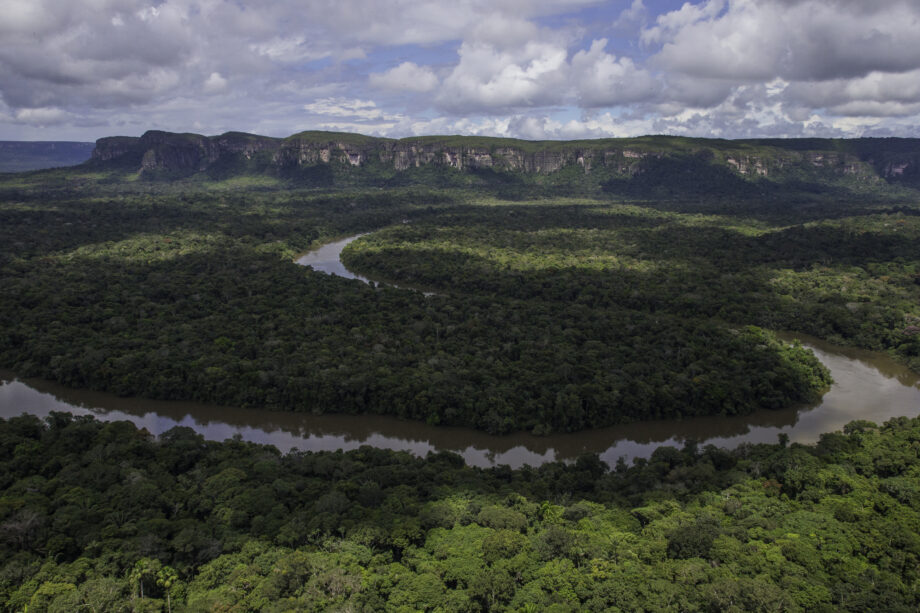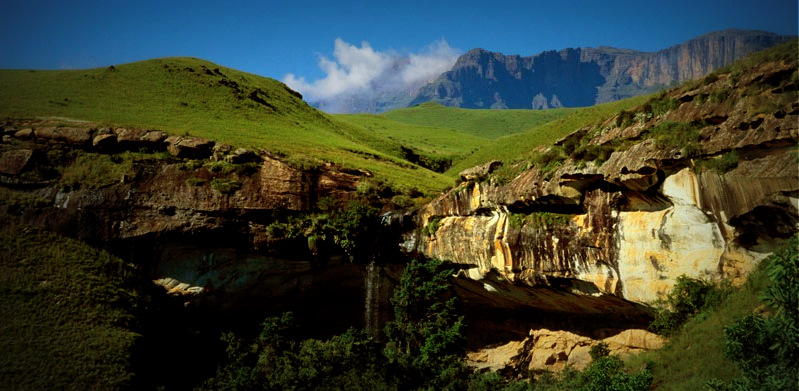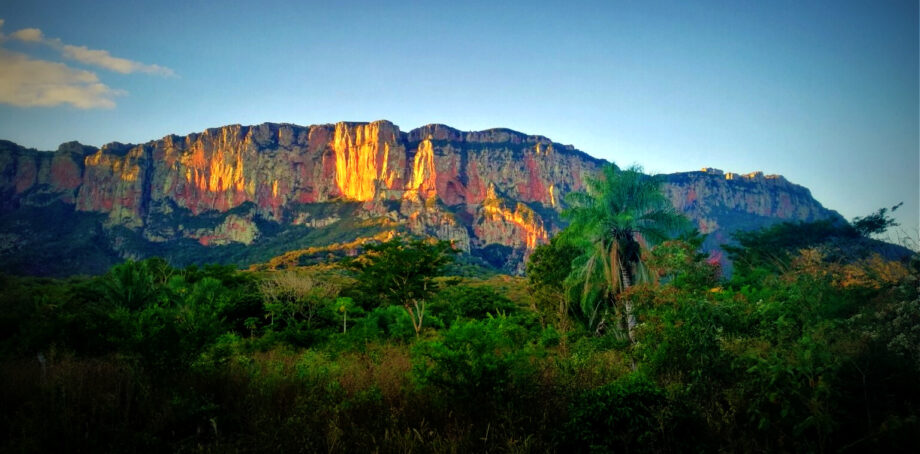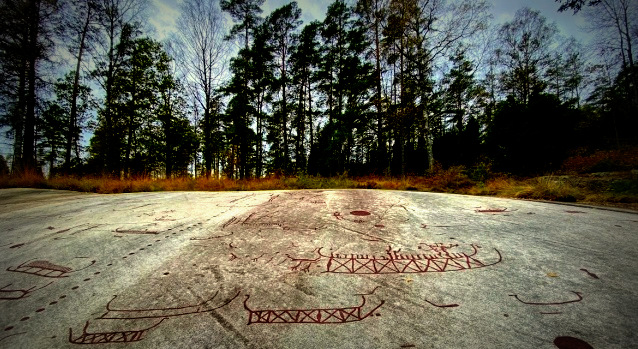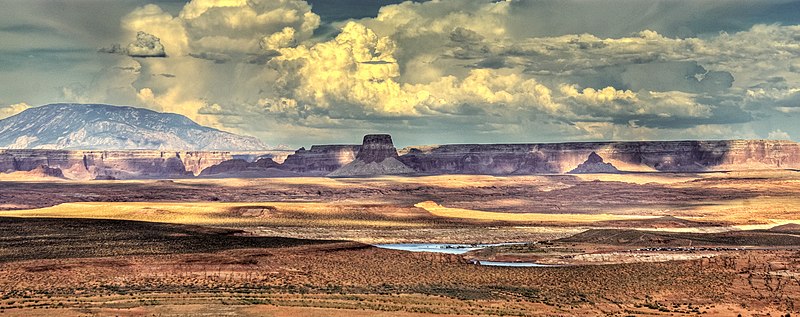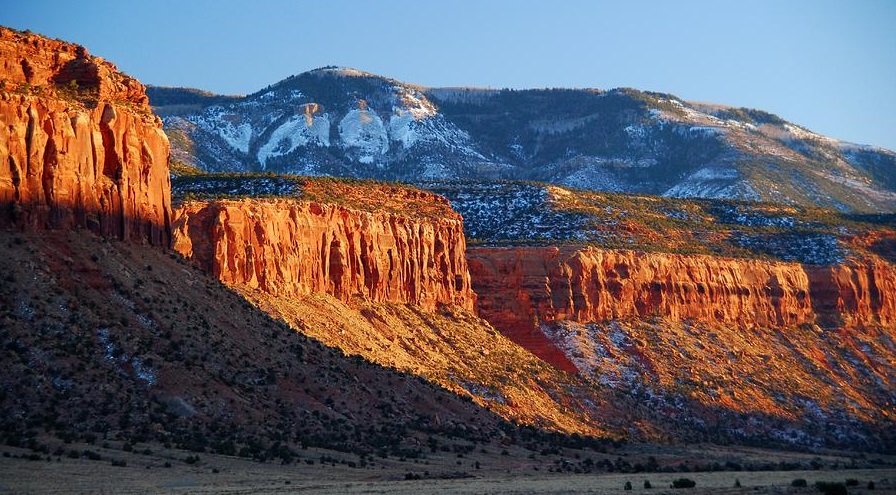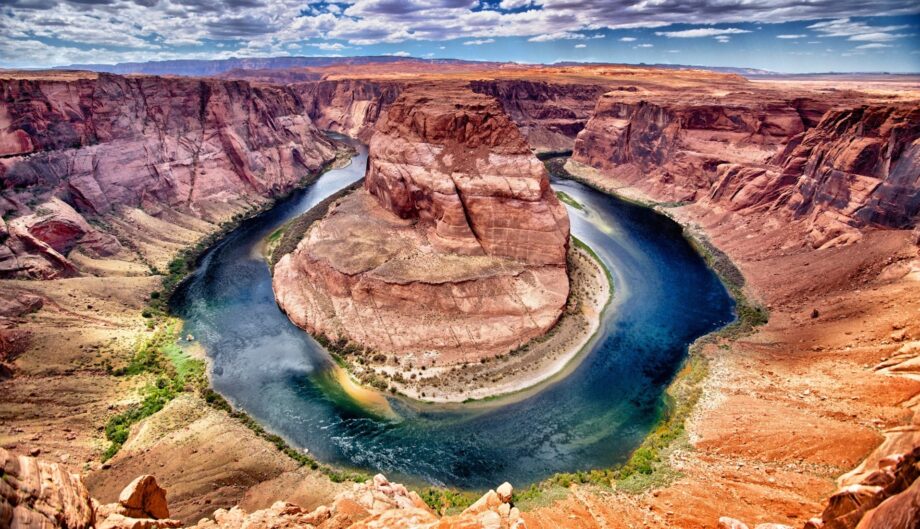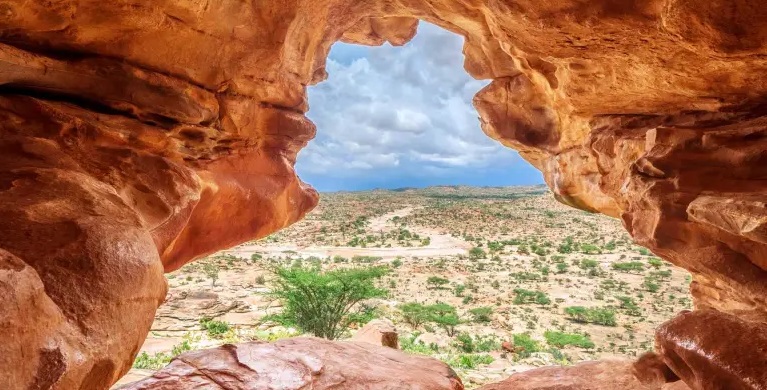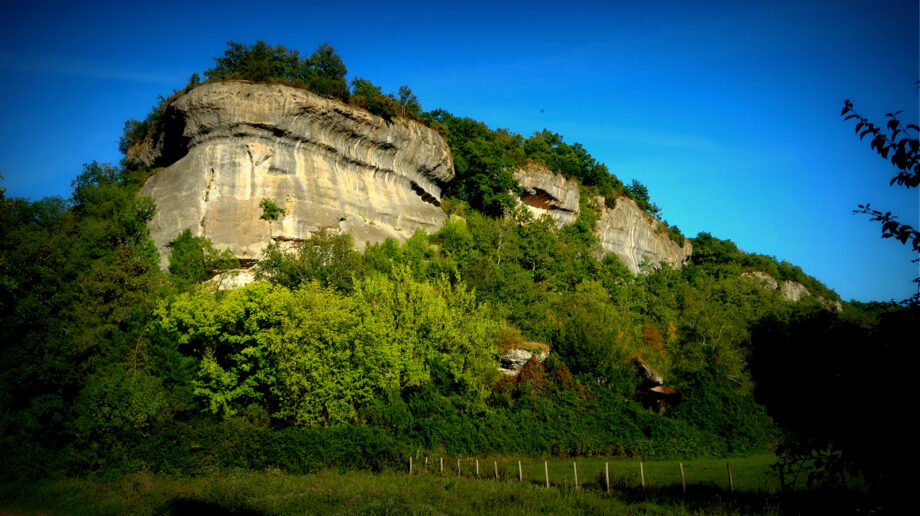New and fascinating rock art discoveries from 2020 have captivated archaeological historians, revealing one of the world’s largest collections of late Pleistocene art in the Amazon rainforest. This remarkable site features thousands of breathtaking, perfectly preserved cave paintings on high cliff faces, stretching nearly eight miles within the forest. It’s important to note that this is only the early stage of exploration, and many other areas have yet to be discovered.
Recent excavations in the Serranía La Lindosa, located on the northern edge of the Colombian Amazon, were led by Professor José Iriarte and Dr. Mark Robinson from Exeter University.
The discovery is particularly impressive given the difficult access to the rocky Serranía La Lindosa region, which has been heavily guarded by FARC and other guerrilla groups. Ongoing social unrest in Colombia has made this area largely inaccessible to researchers. Today, it is part of Colombia’s largest national park, Chiribiquete, which was declared a UNESCO World Heritage Site in 2018.
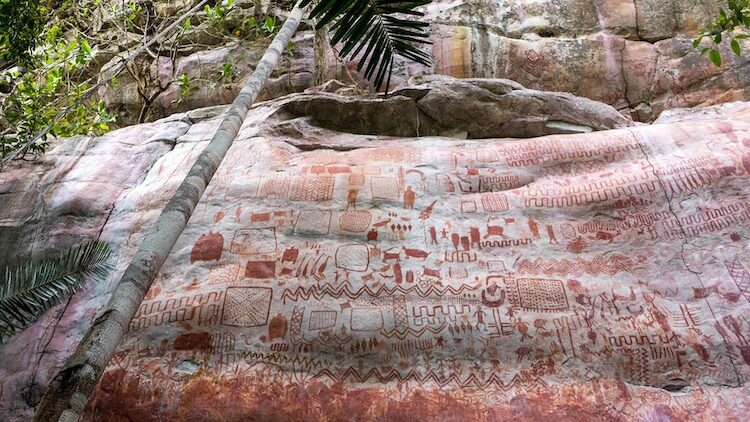
Photo: Marie-Claire Thomas, Wild Blue Media
Based on multiple rock shelters adorned with numerous paintings depicting geometric shapes, human figures, handprints, plants, and animals, Robinson states that the team is now analyzing the first inhabitants who reached the Amazon at the end of the last Ice Age, around 12,000 BC. These early peoples are believed to be the creators of the artworks.
The art is so immense that it can’t even be seen from the ground. So, how did they manage to paint so high?
It is believed they used wooden scaffolding and ladders or constructed platforms from materials found in the forest. It could even be argued that the landscape and the people looked completely different back then—who can really say?
The depictions include now-extinct Ice Age animals, such as the mastodon, a prehistoric relative of the elephant. Additionally, images of fish, turtles, lizards, and birds can be seen, along with scenes of people dancing and holding hands.
It may take archaeologists years, perhaps even generations, to fully study these findings. Some of the paintings are located so high up on the cliffs that they can only be viewed using drones.

Photo: gipri
According to Iriarte, it’s particularly intriguing that many of these large animals are depicted surrounded by small figures of men with their arms raised, as if worshipping them.
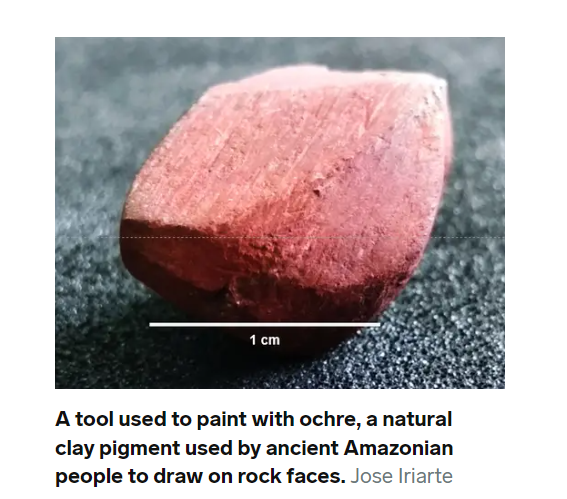
One figure wears a mask resembling a bird with a beak, primarily drawn in red ochre, a natural clay pigment. Robinson noted that researchers studying the paintings can only speculate about the significance of certain scenes at present.
“For Amazonian people, non-humans like animals and plants possess souls and communicate with people in both cooperative and hostile ways through the rituals and shamanic practices depicted in the rock art.”
— José Iriarte
Video Representation – Lost Kingdoms of the Amazon
The discovery has been documented and featured in the major Channel 4 series Jungle Mystery: Lost Kingdoms of the Amazon. The emotional segment offers intriguing interpretations, with the images beginning at the 56th minute.

